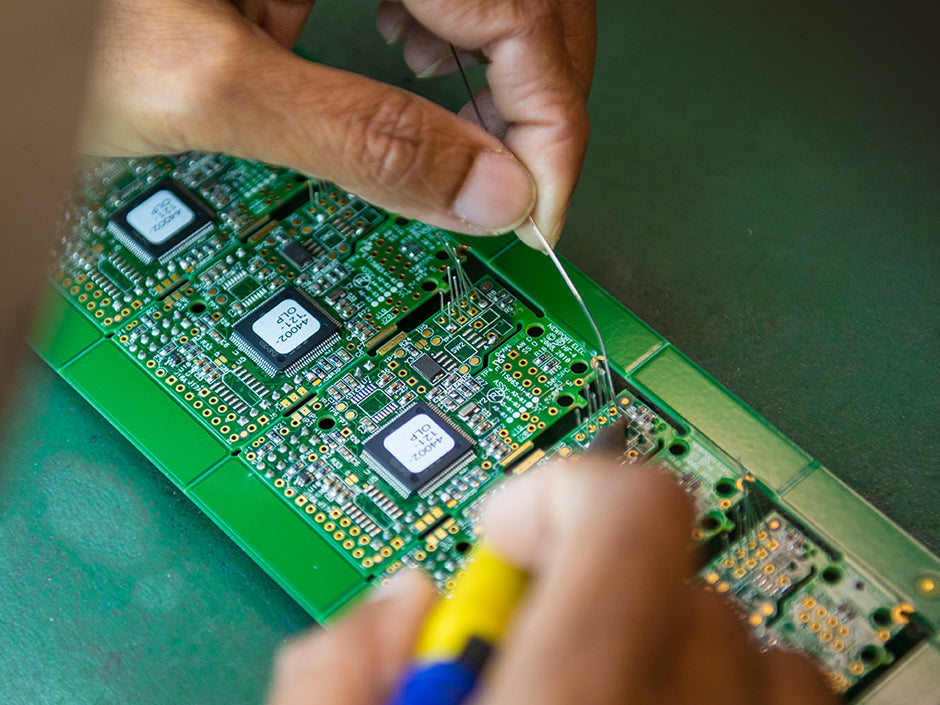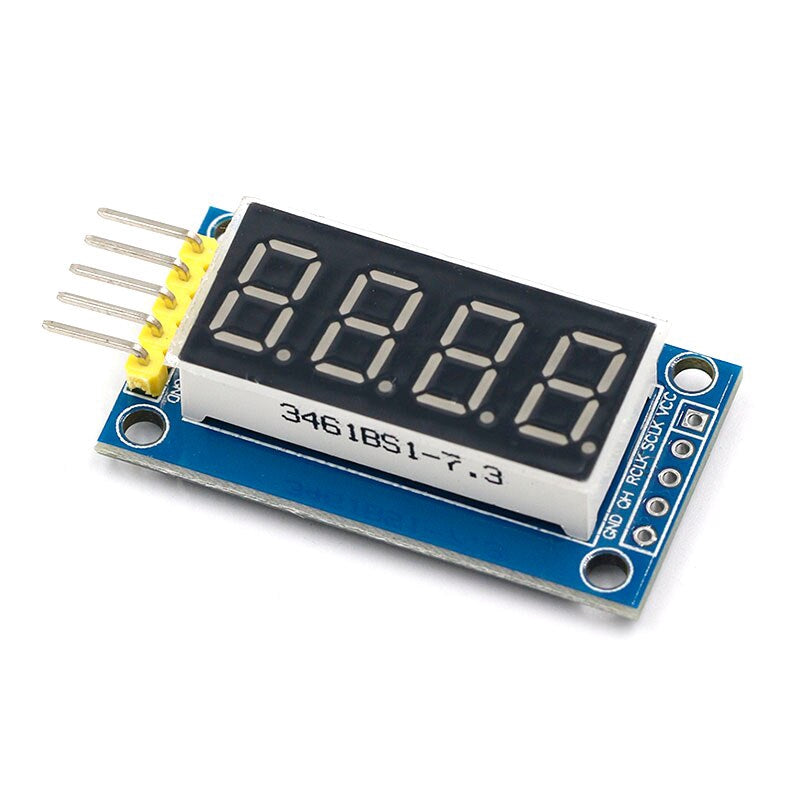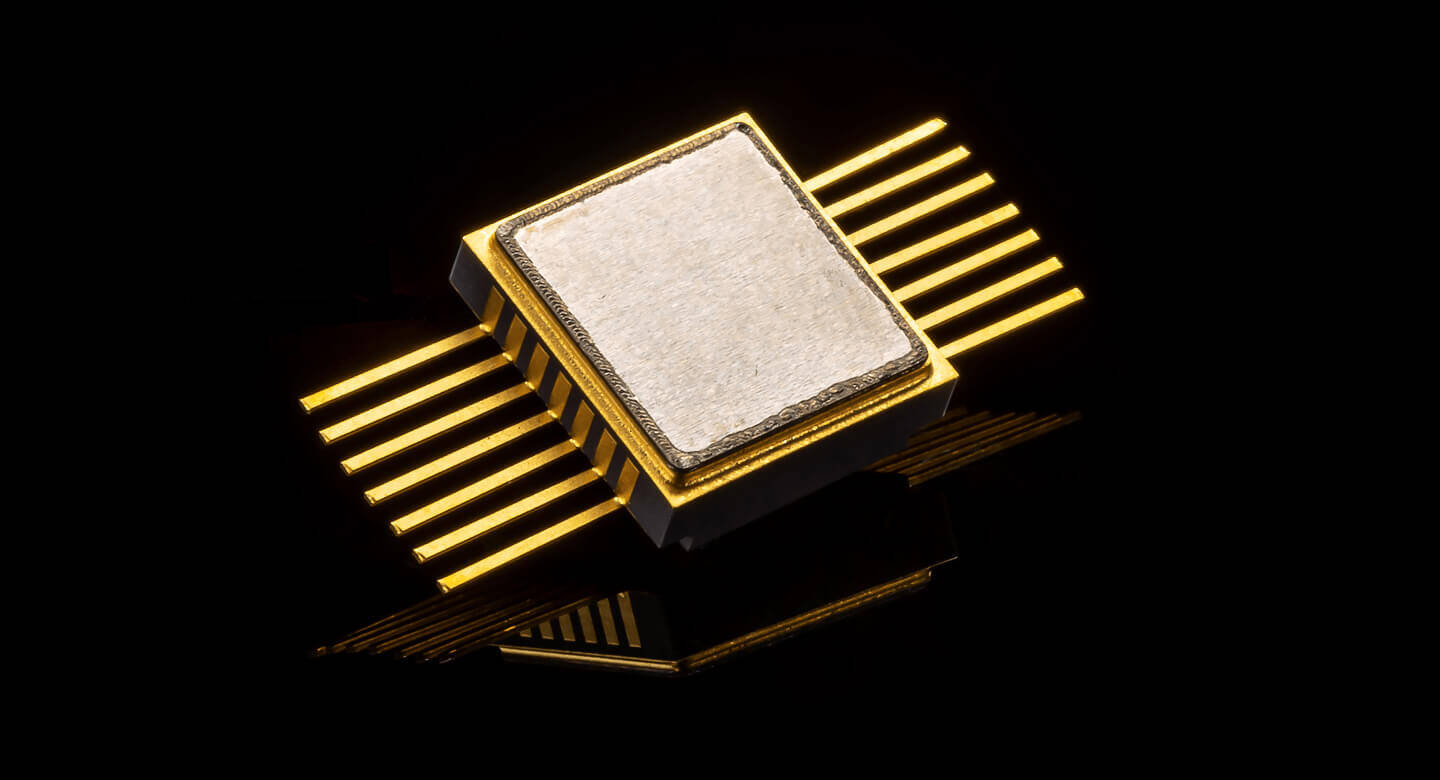
The Ultimate Guide to Thermally Conductive Encapsulant
Share
A thermally conductive encapsulant is a material used to protect electronic components by encasing them in a substance that efficiently transfers heat away from sensitive parts. These encapsulants are typically made from resins, such as silicone, epoxy, or polyurethane, infused with thermally conductive fillers like aluminum oxide, boron nitride, or graphite.
The primary function of these encapsulants is to provide a dual role of thermal management and protection. Encapsulating the components protects them from environmental factors like moisture, dust, and mechanical stress and helps dissipate generated during operation. This ensures that electronic devices remain excellent, functional, and reliable over long periods.
Why is Thermal Management Important?
Thermal management is critical to electronics design, especially as devices become more compact and powerful. Overheating can lead to performance degradation, shorter lifespan, and even catastrophic failure of electronic components. If not managed properly, the heat generated by electronic devices can cause materials to expand, contract, or even melt, leading to physical damage and operational issues.
Manufacturers can effectively manage the heat generated within electronic devices by using thermally conductive encapsulants, ensuring they operate within safe temperature ranges. This not only enhances the performance and reliability of the devices but also extends their lifespan, reducing the risk of failure.
How Do Thermally Conductive Encapsulants Work?
The working principle of thermally conductive encapsulants is relatively straightforward. When electronic components generate heat during operation, this heat needs to be efficiently dissipated to prevent overheating. Thermally conductive encapsulants are applied around these components, forming a protective layer that acts as a heat conduit.
The encapsulant absorbs the heat from the components and conducts it away from the heat-sensitive areas. This heat is then dissipated into the surrounding environment or transferred to a heat sink, where it can be safely managed. The effectiveness of this process depends on the thermal conductivity of the encapsulant material and its ability to form a good thermal interface with the electronic components.
Key Benefits of Using Thermally Conductive Encapsulants
1. Enhanced Thermal Management
Of course, the primary benefit of using thermally conductive encapsulants is improved thermal management. These materials are specifically designed to transfer heat away from critical components, ensuring they operate within optimal temperature ranges. This reduces the likelihood of overheating, which can cause malfunctions or permanent damage.
2. Protection Against Environmental Factors
Encapsulants provide a robust protective barrier around electronic components, shielding them from environmental factors such as moisture, dust, and mechanical shock. This is particularly important in harsh environments where electronics are exposed to extreme conditions, such as automotive, aerospace, or industrial applications.
3. Improved Reliability and Longevity
By effectively managing heat and protecting against environmental hazards, thermally conductive encapsulants significantly enhance the reliability and longevity of electronic devices. Components that operate at stable temperatures and are protected from external damage are less likely to fail, leading to longer product lifecycles and fewer maintenance issues.
4. Versatility in Application
Thermally conductive encapsulants are highly versatile and can be used in various wivariouslications. They are suitable for use in multiple industries, from consumer electronics to aerospace, and can be applied to components of all shapes and sizes. Whether you're dealing with a small circuit board or a large power module, there's an encapsulant that can meet your specific needs.
Choosing the Right Thermally Conductive Encapsulant
Selecting the right thermally conductive encapsulant for your application involves considering several factors:
1. Thermal Conductivity
The thermal conductivity of the encapsulant is a critical factor to consider. Higher thermal conductivity means better heat transfer, which is essential for applications where high-level levels are generated. Make sure to choose an encapsulant that matches the thermal requirements of your components.
2. Viscosity and Flowability
The encapsulant's viscosity and flowability determine how easily it can be applied to the components. For intricate or densely packed circuits, a lower-viscosity encapsulant may be necessary to ensure complete coverage without air gaps, which can impede thermal transfer.
3. Curing Time and Temperature
Different encapsulants have varying curing times and temperature requirements. Depending on your production process, you may need an encapsulant that cures quickly at room temperature or one that requires a longer curing time at elevated temperatures for maximum performance.
4. Environmental Resistance
Consider the environmental conditions to which encapsulated components will be exposed. You'll need an encapsulant with excellent resistance to moisture, chemicals, and extreme temperatures for applications in harsh environments, such as automotive or aerospace.
Key Takeaways
Thermally conductive encapsulants are crucial in electronics for maintaining device coolness, reliability, and longevity. They offer thermal management and environmental protection, making them essential in various applications.
When choosing an encapsulant, consider factors like thermal conductivity, viscosity, curing time, and environmental resistance. The right encapsulant enhances performance and longevity, making devices safer and more reliable. Understanding the importance of thermally conductive encapsulants can significantly impact electronic project success.
Explore premium thermally conductive encapsulants at American Farfield Inc.




